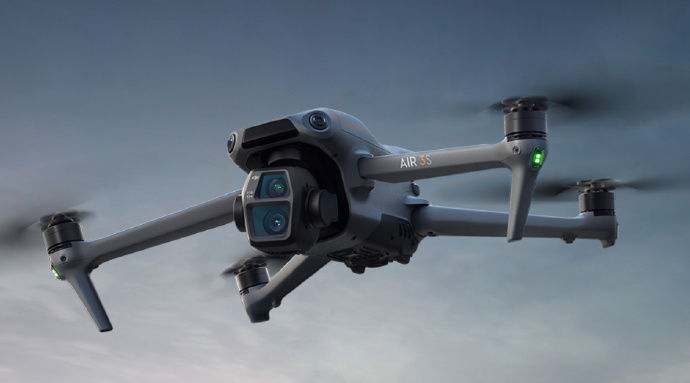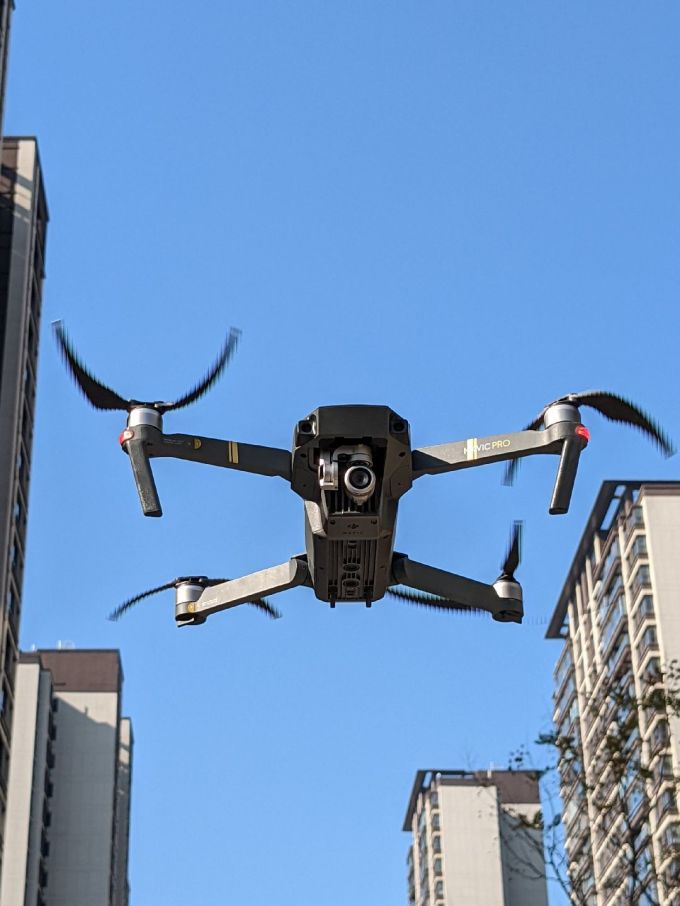Innovating Precision Agriculture with Drones and Multispectral Cameras
The agricultural industry is constantly evolving, striving to increase efficiency and sustainability. One of the latest innovations making waves in this sector involves drones with multispectral cameras. These devices are revolutionizing how farmers monitor and manage their crops, turning traditional practices on their heads and offering notable improvements to crop yield and health assessments.
What is a Multispectral Camera?
A multispectral camera is a type of imaging system designed to capture data at different wavelengths across the electromagnetic spectrum. Unlike standard cameras that capture only visible light, multispectral cameras can detect infrared and other wavelengths, allowing for detailed insights into the health and stress of plants. This capability is particularly useful in agriculture, where understanding crop conditions is crucial to success.
How Drones Enhance Agriculture
Drones equipped with multispectral cameras take agricultural monitoring to new heights. They offer several advantages:
- Accessibility: Drones can easily navigate over vast fields, capturing comprehensive and precise data without the need for physical inspections.
- Real-time monitoring: Farmers receive instant feedback on crop conditions, enabling timely decision-making and intervention.
- Cost efficiency: Reducing the need for labor-intensive monitoring and equipment, drones offer a cost-effective solution for large-scale farming.


The integration of multispectral imaging allows drones to efficiently track critical indicators such as plant health, soil condition, and pest presence. This technology also aids in precision agriculture by enabling site-specific management that can significantly reduce waste and increase yield.
Benefits of Using Multispectral Camera Drones
Understanding how plants interact with different wavelengths of light is key to improving agricultural practices. With drones and multispectral cameras, farmers can enhance crop mapping, disease detection, and even forecast yield with greater accuracy. Let’s explore some significant benefits:
- Disease detection: Multispectral data helps in early identification of diseases by highlighting spectral anomalies in plant foliage.
- Optimized irrigation: Precision spectral data ensure water use is targeted to areas that need it most, reducing waste.
- Smart fertilization: Drones can identify nutrient deficiencies, enabling targeted fertilizer applications that boost plant health without excess runoff.
Challenges and Considerations
While multispectral camera drones offer numerous advantages, there are considerations that must be addressed. Farmers should consider the initial investment costs, training for effective use, and understanding data interpretation to leverage full potential benefits. Additionally, staying current with regulations and innovations is pivotal as this technology evolves.
Advancements in drone technology and imaging are unlocking potent new capabilities in agricultural management, driving the industry toward sustainable practices and higher efficiency.
FAQs
Q: How do multispectral cameras help in precision agriculture?
A: Multispectral cameras provide detailed information on crop health, detect diseases early, allow efficient resource use, and enable targeted interventions, all of which enhance agricultural precision.
Q: Are drones with multispectral cameras a large investment?
A: While the initial cost can be significant, many find the investment pays off through increased yields and cost savings over time.
Q: What do farmers need to consider when using these drones?
A: Farmers need to think about proper training to interpret multispectral data, comply with drone regulations, and assess the specific needs of their crops to maximize the technology’s benefits.
In summary, the combination of drones and multispectral cameras is a transformative force in agriculture, poised to redefine productivity and sustainability across the globe. These technologies are not merely trends but essential tools for the future of farming.